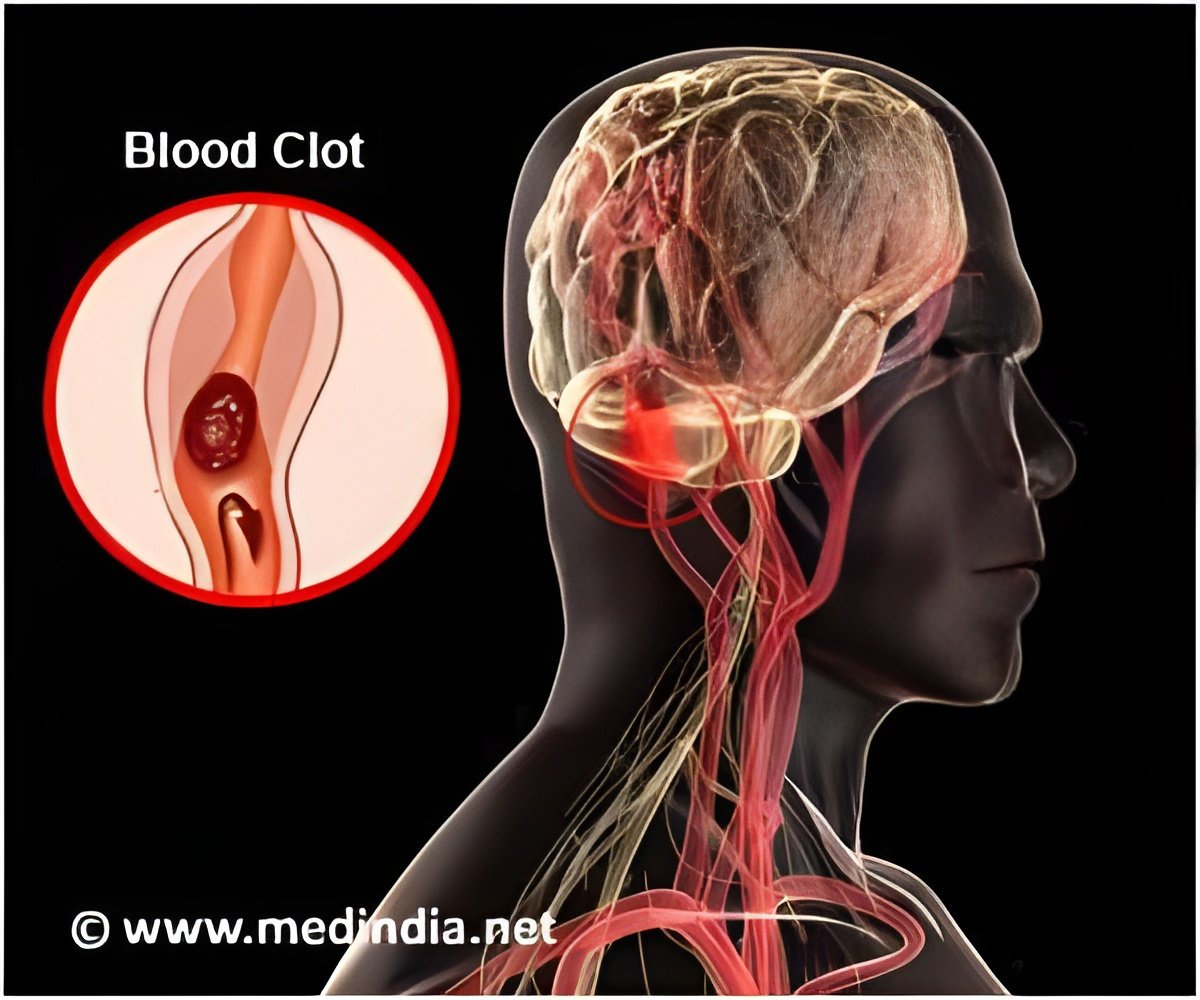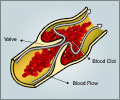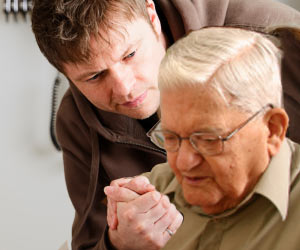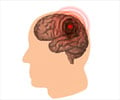The effects of positioning of head of bed (HOB) positioning on blood flow reaching the brain can now be monitored non-invasively and continuously using a new device designed by University of Pennsylvania. Most patients admitted to the hospital with an acute stroke are kept flat for at least 24 hours in an effort to increase CBF in vulnerable brain regions surrounding the damaged tissue. Researchers report in the journal
Stroke that, while flat HOB did indeed increase CBF in the damaged hemisphere in most stroke patients, about one quarter of the patients had a paradoxical response and showed the highest CBF with their head at an elevated angle.
The Penn team has been developing and testing a new optical device that permits noninvasive and continuous monitoring of CBF at the patient's bedside. The key technology development is a noninvasive probe placed on the surface of the head that measures the fluctuations of near-infrared light that has travelled through the skull and into the brain, then back out to the tissue surface. These fluctuations are caused by moving red blood cells in tissue, and have been shown to accurately track CBF in underlying brain tissue. The novel optical technique, called diffuse correlation spectroscopy (DCS), proved to be more sensitive for detecting CBF changes with HOB positioning than the Transcranial Doppler (TCD), which uses acoustic waves to quantify blood flow velocity of the large arteries supplying the brain.
"This study illustrates the potential of using advanced technology to make individualized treatment decisions in real time" said senior author John A. Detre, MD, professor of Neurology and Radiology in the Perelman School of Medicine at the University of Pennsylvania. "While, on average, our findings support current guidelines to lay patients flat following stroke, they also suggest that for some stroke patients, lying flat may be either unnecessary or even harmful. Future studies examining clinical outcomes after stroke and using optical CBF measurements to guide management will be needed to confirm this."
Stroke is the leading cause of disability in industrialized nations and one of the leading causes of death, so even subtle improvements in stroke outcome can be expected to have a significant public heath impact. A reduction in CBF causes stroke, therefore most current interventions for stroke are intended to increase CBF. Yet, CBF is rarely measured in stroke patients, and if CBF is measured, it is usually a single measurement from a CT or MRI scan taken while the patient is lying flat. While CT and MRI are critical diagnostic tools used in stroke management, they are not well suited for assessing response to clinical interventions over time.
Source-Eurekalert
















